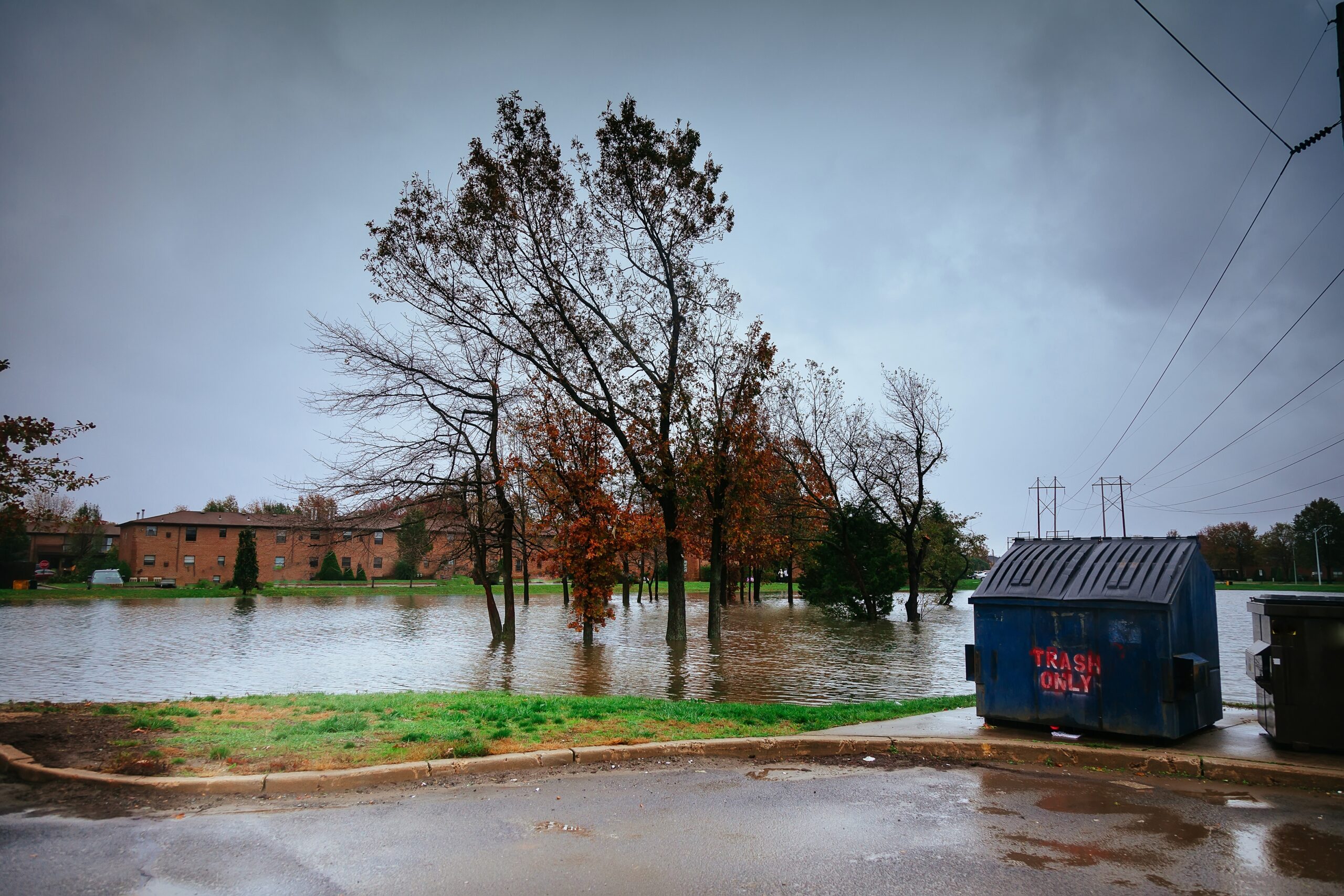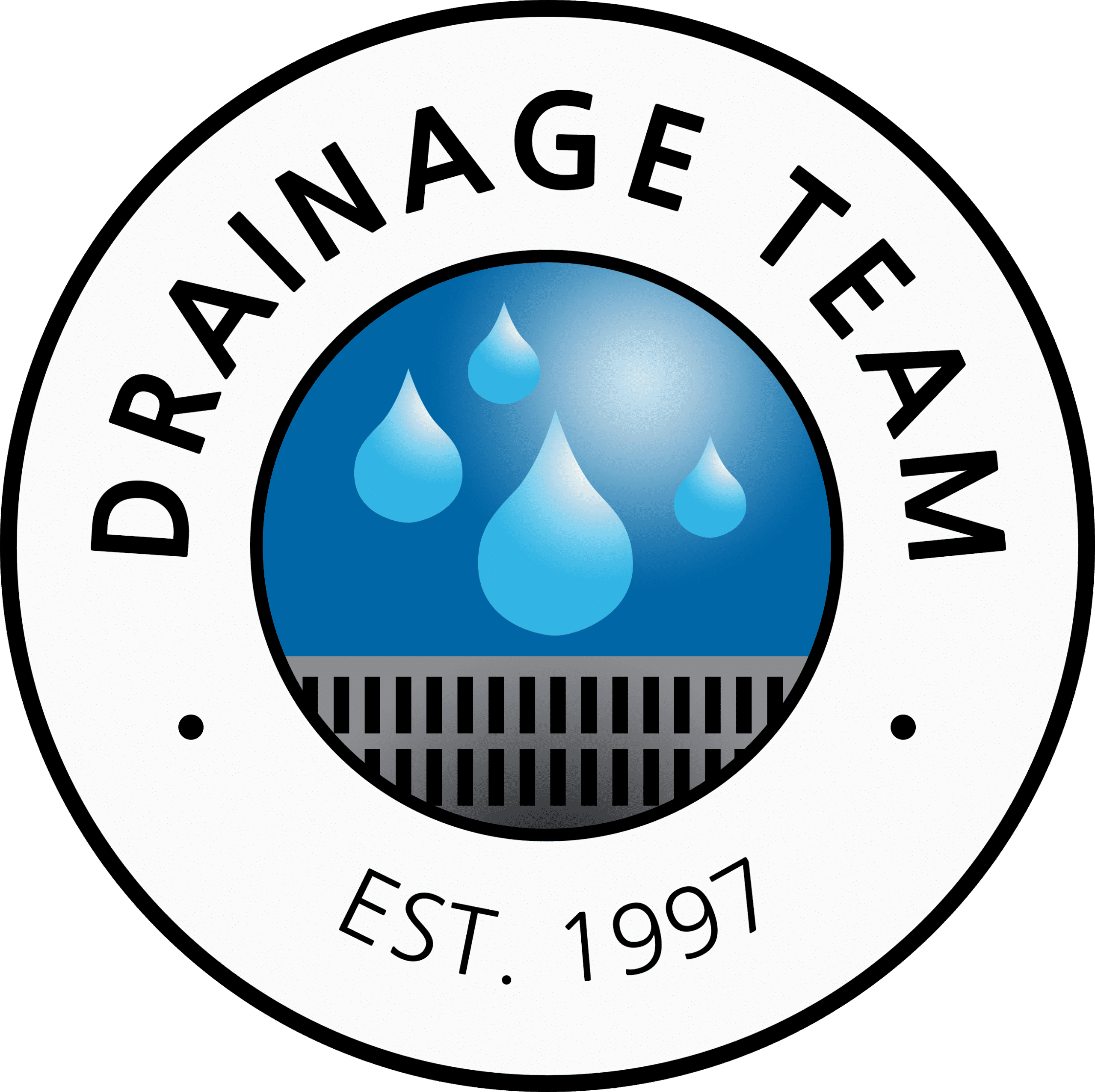Stormwater management plays a key role in protecting your property from potential water damage and preventing environmental issues such as soil erosion. When left unchecked, stormwater runoff can cause soil erosion by dislodging particles and washing them away.
Over time, this can lead to significant damage to property foundations, the loss of valuable topsoil, and negative environmental impacts. As such, it is essential to understand the relationship between stormwater management, soil erosion, and the overall health of your property.
At Drainage Team, we specialize in drainage, erosion, stormwater basins, and waterproofing solutions for residential, commercial, and governmental properties. Our expertise in stormwater management is rooted in a comprehensive understanding of the environmental challenges associated with improper water flow and erosion control.
In this blog post, we will discuss the causes and impacts of soil erosion related to stormwater runoff, explore solutions to prevent and mitigate erosion, and highlight the significance of effective stormwater management for the wellbeing of your property and its surroundings.
1. Causes of Soil Erosion Due to Stormwater Runoff
Several factors contribute to soil erosion as a result of stormwater runoff, including:
– Surface runoff velocity: When rainfall or melted snow flows over the ground surface, it can gather speed and dislodge soil particles in the process. The faster the water flows, the more significant the erosion potential.
– Soil type and composition: Different soil types have varying susceptibilities to erosion. Loosely-packed soils, such as sandy loam, are more prone to erosion than dense clay soils, which can better withstand the erosive forces of stormwater runoff.
– Slope and topography: Steeper slopes and uneven terrain can exacerbate erosion, as water tends to flow faster and with greater force down inclines, potentially causing more significant displacement of soil particles.
– Groundcover and vegetation: The presence of vegetation and groundcover, such as grasses, shrubs, and trees, helps to anchor soil and reduce erosion by acting as a natural barrier to slow down surface runoff and increase water infiltration into the ground.
2. Impacts of Soil Erosion on Property and the Environment
Soil erosion, if left uncontrolled, can have various negative impacts on property and the environment, including:
– Property foundation damage: Over time, soil erosion can undermine the stability of your property’s foundation, causing cracks, shifting, and potential structural damage to the building.
– Loss of valuable topsoil: Erosion can lead to the removal of nutrient-rich topsoil, which is vital for plant growth. This can negatively affect the health and appearance of landscaping and contribute to soil infertility.
– Damage to aquatic ecosystems: Eroded soil particles often end up in nearby streams, rivers, and lakes, contributing to sedimentation, reduced water quality, and damage to sensitive aquatic ecosystems, including fish and other aquatic species.
– Increased flooding potential: Excessive soil erosion can lead to the deposition of sediment in stormwater management systems, reducing their effectiveness and potentially increasing flood risks.
3. Solutions for Preventing and Mitigating Soil Erosion
Implementation of effective stormwater management practices is crucial for preventing and mitigating soil erosion. Some strategies to reduce soil erosion and promote sustainable stormwater management include:
– Vegetative ground cover: Maintaining a healthy ground cover of grasses, plants, or trees can help to anchor soil, slow down surface runoff, and promote infiltration of water into the ground, reducing the risk of erosion.
– Erosion control blankets and mats: Temporary erosion control methods, such as the installation of biodegradable blankets or mats, can help to stabilize slopes and exposed soil areas during construction or landscaping projects, improving overall soil stability and preventing erosion.
– Terracing and slope reduction: Creating a series of level terraces on steep slopes can help slow down surface runoff and increase water infiltration into the ground, reducing the potential for soil erosion.
– Stormwater management systems: Installing retention and detention basins, rain gardens, and vegetative buffers can help to capture, slow, and treat stormwater runoff, minimizing erosion potential and promoting sustainable water management practices.
4. How Proper Stormwater Management Techniques Contribute to Soil Erosion Control
The implementation of effective stormwater management practices is essential in reducing soil erosion risks and maintaining the health of your property and its surrounding environment. Stormwater management techniques can contribute to soil erosion control in several ways:
– Proper grading and drainage: Ensuring that your property has appropriate grading and drainage systems can help direct stormwater away from susceptible areas and promote the infiltration of water into the ground.
– Vegetation and landscape design: Incorporating plants, trees, and other vegetative features in your landscape design can help to reduce runoff, anchor soil, and prevent erosion.
– Retention and detention basins: Installing basins designed to slow down, store, and treat stormwater runoff can help minimize the velocity of runoff, reducing the risk of erosion and improving overall water quality.
– Regular inspection and maintenance: Regularly inspecting and maintaining your property’s stormwater management systems can help to ensure adequate performance, minimizing the risks associated with soil erosion and other water-related issues.
Final Thoughts
Understanding the causes and impacts of soil erosion as it relates to stormwater management is essential for property owners looking to protect their property and preserve the surrounding environment. By implementing effective stormwater management practices and adopting measures to prevent and mitigate erosion, property owners can contribute to creating resilient communities while safeguarding their investment.
If you’re in search of professional help with implementing stormwater management practices and preventing soil erosion, Drainage Team is equipped to provide tailored solutions to meet your property’s unique needs. Our expertise in drainage, erosion, stormwater basins, and waterproofing services ensures comprehensive protection for your property while promoting sustainable stormwater management.
Contact us today to learn more about soil erosion control and effective stormwater management practices for enhancing the durability of your property.






